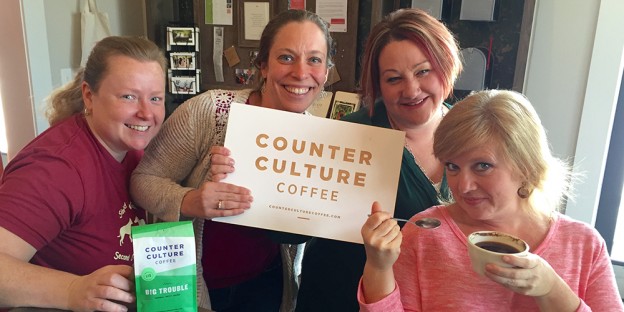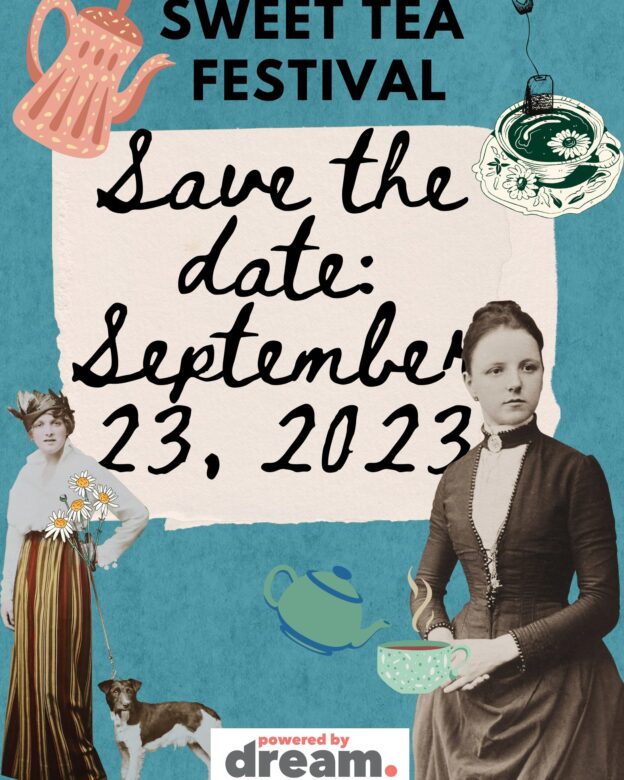Cupping with Counter Culture Coffee

Last week we called in the coffee experts for a lesson on the intricacies of producing one of the world’s most loved beverages. Jared Sinclair from Counter Culture Coffee joined us at the Corner House to host some of our Summerville neighbors for a “coffee cupping.” Much like wine tasting, coffee cupping is the practice of observing the taste and aromas of brewed coffee.
Happily, we began the lesson by taking in the aroma of three freshly ground coffees. After steeping the grounds in hot water we taste-tested the flavor profiles by slurping the coffee.
Yes, slurping.
It felt a little silly, and produced many a giggle, but our guests quickly learned to slurp with the best of them! Here’s little of what we learned:
Coffee Processing
Coffee comes to our cups through a complex process of coffee bean extraction, blending, and processing. The variables at each of the steps determine the end product. There are two methods used for extracting coffee beans: wet/dry or sun-dried, the former being most common.
During the wet/dry process the beans are removed from the fruit by a coffee pulper. Before the bean is moved to the drying phase, the remaining mucilage (gelatinous leftovers from the fruit) must be removed by one of two ways: fermentation or mechanical removal. Clean beans feel slightly rough and gritty.
The sun-dried is a less common process found in areas where there is little to no water access. It’s common in countries such as Ethiopia and Brazil. The process gives coffee a fruity and remarkably natural flavor. The flavors can range from sweet and fruity to harsh and pungent. Sun-dried coffee cherries are harvested mechanically and dried in the sun, often on open soil. Once dry, the cherry is removed to reveal the green beans.
Tasting Notes
We tasted 3 Counter Culture Coffees, each available at the Corner House.
Kuichi has sweet notes of caramel, red apple, and cherry. Kuichi is also part of the Borderlands Project which works to connect coffee bean farmers with the buyers. Before the project, many farmers had never met a coffee buyer or had any insight into the quality of the coffee they produce.
Hologram has a chocolaty, fruity, syrupy taste. Hologram is one of Counter Culture’s most complex coffees with a 53% Guatemala, 25% Ethiopia, and 22% Peru blend. A portion of the coffee is made through the sun-drying process, adding fruity notes.
Big Trouble was the crowd favorite. We currently use this blend at the Corner House Cafe as our Espresso. Big Trouble is a single component, 100% Peruvian coffee that offers nutty, caramel flavors.
If you’re ready to taste the flavors for yourself, come see us at the Corner House! We’re open 10-6 pm Monday-Saturday and 1 pm-5 pm Sunday. Slurping optional!













